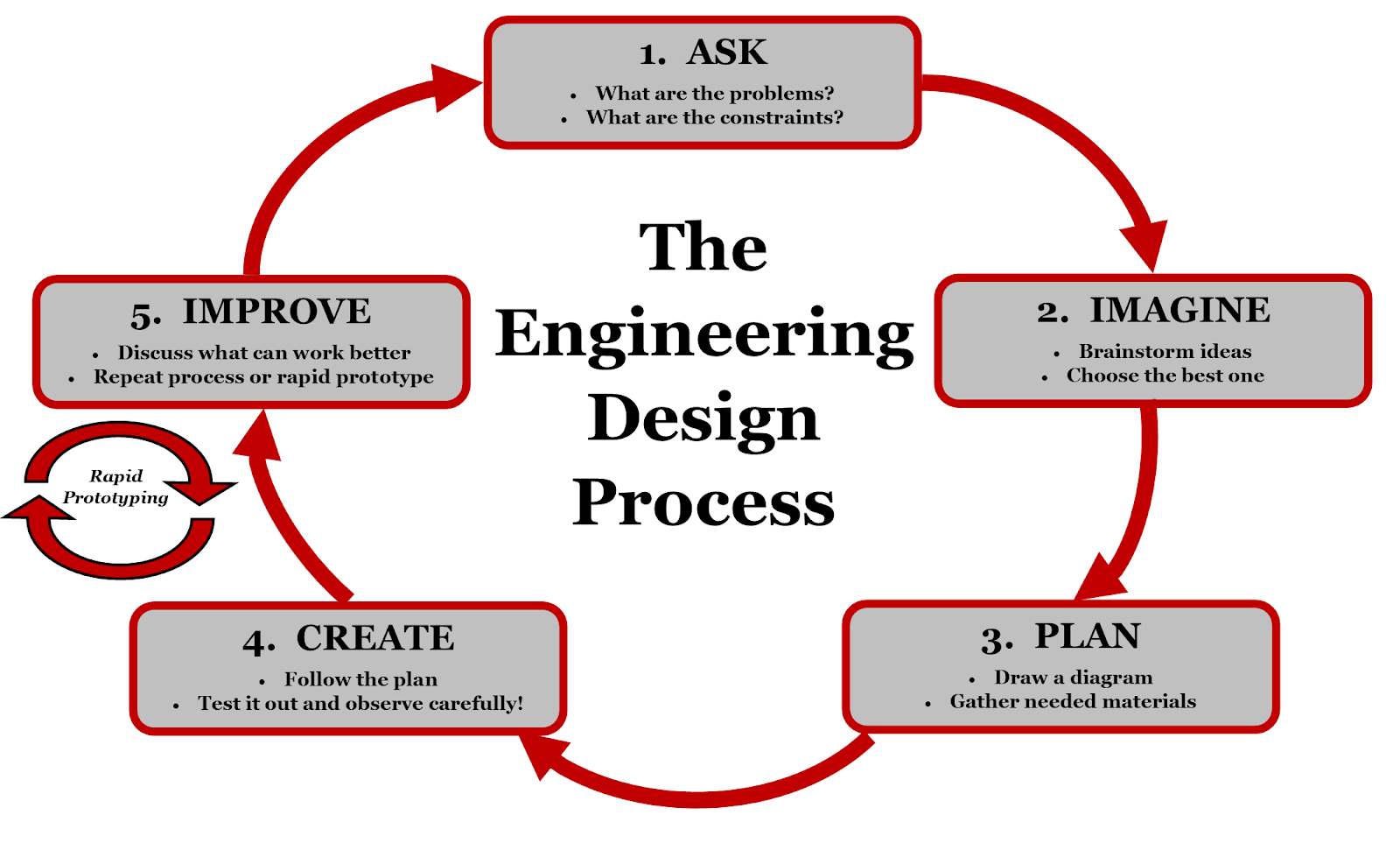Civics & Economics: Historical Newscast (The 1787 Signing of the United States Constitution)
Overview
Student learner teams will create and record mock live newscasts, presented as if broadcast live from the signing of the United States Constitution.
Written By: Shawna Farbotnik, Austin Morris, Catrina Nordgren, Elena Samkin
| Name of Project: HistoricalNewscast(The 1787 Signing of the United States Constitution) |
Project Description | |
| Name of Project | Historical Newscast (The 1787 Signing of the United States Constitution) |
| Subject Area | American History: Founding Principles, Civics and Economics |
| Targeted Standards | FP.C&G.1.1 - Explain how the tensions over power and authority led America’s founding fathers to develop a constitutional democracy (e.g.,mercantilism, salutary neglect, taxation and representation, boycott and protest, independence, American Revolution, Articles of Confederation, Ben Franklin, George Washington, John Adams, Sons of Liberty, etc.).FP.C&G.1.2 - Explain how the Enlightenment and other contributing theories impacted the writing of the Declaration of Independence, the United States Constitution and the Bill of Rights to help promote liberty, justice and equality (e.g., natural rights, classical theories of government, Magna Carta, Montesquieu, Locke, English Bill of Rights, etc.).FP.C&G.1.3 - Evaluate how debates on power and authority between Federalists and Anti-Federalists have helped shape government in the United Statesover time (e.g., Hamilton, Jefferson, Madison, Federalist Papers, strong central government, protection of individual rights, Elastic Clause, Bill of Rights, etc.) |
| Driving Question / Problem / Activator | How can I research, prepare, and present a fun, interesting, informative, and historically accurate mock “live” newscast, presented as if broadcast live from Independence Hall upon the signing of the United States Constitution in 1787? |
| Project Summary | Student learner teams will create and record mock live newscasts, presented as if broadcast live from the signing of the United States Constitution. |
| Estimated Time | 120 MinutesSuggested:Day 1, ~30 minutes - Project launch; historical research timeDay 2, ~30 minutes - Structured group planning timeDay 3, ~30 minutes - Group dress rehearsal timeDay 4, ~30 minutes - Final group performance and recording time (it is recommended that another educator or trusted parent volunteer assist with recording final performances) |
| Materials / Resources (including link to slideshow if available) | iPad (at least one)TouchCast Studio Software (or similar video recording software)Microphone“Green Screen” background (optional, but highly recommended)Tripod or other secure frame (optional, but highly recommended)School-appropriate costumes (optional, provided by students if desired) |
| Tags | American History, Colonial Era, United States Constitution, The Bill of Rights, American Revolution, Federalists, Anti-Federalists, Civics and Economics |
Project Outline | |
| Ask |
|
| Imagine | If modern-day newscasts had existed in the 1780s, what would a newscast from the signing of the United States Constitution have looked like? What would it have sounded like? What events would have been covered in the newscast?
|
| Plan | Before beginning this project, students will learn the curriculum standards pertaining to the American Revolution, the failures of the Articles of Confederation, the disagreement between the Federalists and Anti-Federalists, Enlightenment ideas, the debates and compromises leading to the writing and passage of the United States Constitution and Bill of Rights (1887), important historical figures of the era, and related standards.Students will need sufficient time to research, plan, script, and rehearse their newscasts. Within their newscasts, student teams should be prepared to answer questions like these (feel free to modify these questions as needed):
|
| Create | Students should be able to have some fun with this project while reviewing and researching the historical background and political climate which produced the United States Constitution.Touchcast Studio, and other recording apps, are able to easily accommodate “green screen” backgrounds. This replaces anything the color green (a green wall, a green sheet, a portable green screen, etc.) with any digital image of your choice. If you are able to use a green screen, student groups can each choose one or more appropriate historical background(s), such as those images of Independence Hall offered by the United States National Park Service at: https://www.nps.gov/media/photo/gallery.htm?pg=3603661&id=B6F0257A-155D-451F-67E68FF4C2857CBC .Students may play different roles; such as a news anchor, an “on location” reporter, or a historical figure interviewee (such as James Madison, Alexander Hamilton, or an American not allowed to participate in the Constitutional Convention).If you have enough time, students may even want to design historically-appropriate and school-appropriate costumes and props for use in their projects. This is optional. |
| Improve | Feel free to make any improvements or modifications to this project, or to create your own historical newscasts! |
| Closure / Student Reflections | The Pre-Test/Post-Test (Google Forms link here) is a 3-question short answer evaluation designed to allow students to demonstrate an increased understanding of the Colonial, Revolutionary War, and Early American Eras. The evaluation requires the teacher to assess the student responses.This lesson is designed to stimulate interest in the subject matter, and to allow students to engage with the subject matter in a fun and creative way. Typically, students will also complete some independent research to ensure the historical accuracy and completeness of the material they present. |
| Possible Modifications / Extensions | This is a highly versatile lesson plan which could easily be adapted to work in almost any secondary social studies course, such as World History or American History. |
Evaluation (Pre/Post)
Links to Google Forms
Pretest Link (Short Answer, 3 Questions): https://forms.gle/vuHfL2CbMJep1Rx87
Post-test Link (Short Answer, 3 Questions): https://forms.gle/vuHfL2CbMJep1Rx87
Additional Resources / Help for teaching this lesson
Links to Sample Newscast Rubrics Available Online:
- http://www.srvhs.org/Staff/teachers/ehamilton/US%20Pages/Projects/Newscast%20Rubric.doc
- https://educate.intel.com/download/K12/elements/pba_html/resources/30_Newscast_Rubric.pdf
- http://wwphs.sharpschool.com/UserFiles/Servers/Server_10640642/File/bugge/Chapter%2014/Newscast%20Rubric.pdf
Teacher Comments of what worked / did not work well
